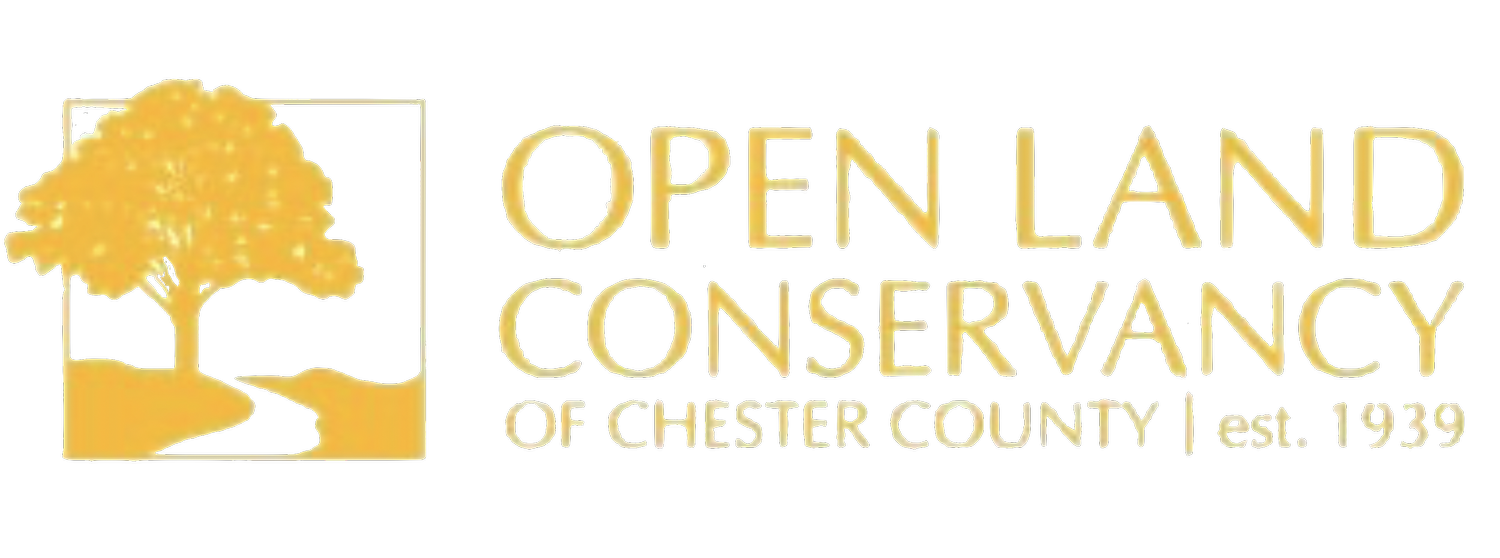The Mission of the Conservancy includes the purpose “to protect and enhance wildlife habitat”. That responsibility includes not only acquisition and maintenance of open space, but ensuring responsible use. When that habitat is right under our – and our dog’s - feet, we have to be especially careful! This is why it is so vitally important to keep your dogs leashed in the Nature Preserves, as modeled by visitor Elizabeth Potter below.
The ground level habitat is especially valued by ground-nesting birds. One such species that might not immediately come to mind is the Song sparrow. During this year’s Spring breeding season we were lucky to spot a successful brood right next to a Valley Creek Preserve trail.
One of the least appealing plants in our Preserves is the Stinging nettle Urtica dioica. It’s a major nuisance – giving visitors and volunteers that irritating, but transient, sting by overhanging trails in the wetland Preserves and impeding our attempts to plant trees in the riparian buffer (ask the students from our Center for Families teams!). On the plus side, nettles have some benefits: they are the larval food plant for several species of butterflies and moths. Which in turn are food for our avian residents.
It turns out that they also provide cover for ground nesting birds. This little friend was agitated by a Preserve visitor and flew up from the undergrowth alongside the trail. This is a song sparrow; you can check out the alarm call (and its song and other cool facts) here:
This prompted a careful foray amongst the stinging nettles, when the source of the parental concern became apparent. Tucked at the base of a false indigo (Amorpha fruticosa) shrub and protected by those natural hypodermic needles on the nettle stems was this tiny nest with brown speckled eggs:
Even well-hidden, that nesting strategy seems high risk, and maybe loss of safe habitat partly accounts for a population decline of about 27% between 1966 and 2019, according to the North American Breeding Bird Survey. In general, though, song sparrows are widespread and common across most of the U.S. and are common in our area.
So, the curious visitor returned a couple of weeks later, to a twofold relief: 1) at least two well-grown song sparrow nestlings, and 2) sparrows, not the often-parasitic brown-headed cowbirds.
A week later, those babies had taken flight and were beginning their life alongside Valley Creek!
THE SONG SPARROW
He does not wear a Joseph’s coat of many colors, smart and gay
His suit is Quaker brown and gray, with darker patches at his throat.
And yet of all the well-dressed throng, not one can sing so brave a song.
It makes the pride of looks appear a vain and foolish thing to hear
In “Sweet, sweet, sweet, very merry cheer.”
A lofty place he does not love, he sits by choice and well at ease
In hedges and in little trees, that stretch their slender arms above
The meadow brook; and then he sings till all the field with pleasure rings;
And so he tells in every ear, that lowly homes to heaven are near
In “Sweet, sweet, sweet, very merry cheer.”
-Henry van Dyke




